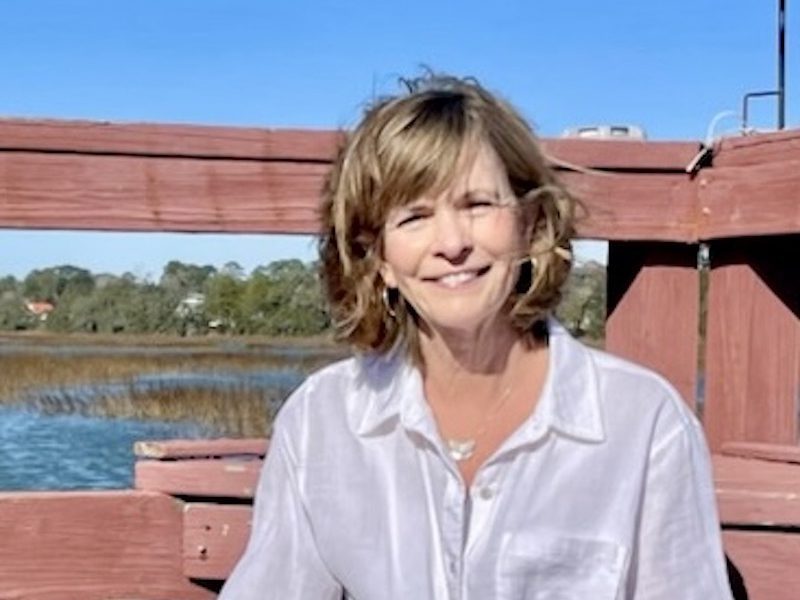As the curtain rises on the third act of life, I’m always searching for ways to be. Retirement has not come easily for me like it has for others. I’m still in work–week mode where Sunday afternoons drip with existential dread and I automatically reach for the crockpot to set up the soup or pot roast that anchors the week ahead.
Which is utterly ridiculous because my deadlines are spread out over weeks and months rather than hours and days. As newly self-employed, the boss is mostly reasonable. She’s easy to work with and she understands that while the Murdaugh trial is on Court TV, the work schedule needs to be more flexible than usual.
My husband is the total opposite. He didn’t dip his toe into retirement but rather took a dive off the dock into living his best life. Life with him is like walking into COSTCO with massive square footage of potential. I’ve observed him take up hobbies, learn new skills, volunteer at cool places, read history and novels and collect friends and experiences, all with a boundless enthusiasm for all things Beaufort has to offer.
When Margareta Magnusson’s new book, The Swedish Art of Aging Exuberantly, came out, I dug in on the triteness of the title and its annoying adverb. And yet, it does describe my husband’s all-in approach to this stage of life.
For the record, I am less of an exuberant person and more of a wait on the edge of the pool until I get used to the temperature type.
In my quest to discover out how to be, I figure there must be a user’s manual that doesn’t include adverbs in the title or focus on financial planning and long-term health insurance programs. So, I turned to my two grandsons, age five and two, looking for clues.
And yes, they have been an exuberant delight. While I still must visit YouTube to open the Pack ‘n Play or close the stroller, what I learn from them is how to be in the moment, how to have fun and how to get over things.
A few months ago, we were walking along a sidewalk in downtown Spartanburg. Each boy hadan oversized balloon in his hand. I was already in a state of high alert. It’s my nature to catastrophize and see the emotional–distress potential for these two sturdy fellows oblivious to the perils ahead.
As expected, the five-year old’s balloon hit a tree branch and busted in his face with a loud pop and then a hissing sound as it deflated. He was scared, devastated, and then embarrassed by his fear and devastation. Fat tears fell furiously down his cheeks, and he buried his face in his dad’s shoulder.
My initial reaction was to snatch the other red balloon out of the two-year-old’s chubby little paw, but he clutched it and merrily continued skipping along.
Then, his balloon busted and before I could reach him to help remove the pain and suffering of this cruel life, he did something that made all four adults stop and stare in wonder.
He squatted down next to the shredded plastic and patted it gently. “Bye-bye,” he whispered and then straightened up and smiled at us.
That’s how I want to be when confronted with sudden loss or the shock of things that blow up in your face. That little guy acknowledged his loss and wished it well.
I see so many people who may miss the routine and comradery of a full-time job, but still have been able to create a purposeful third act of life that’s also splashed with a dose of exuberance. They seem to possess a greater self-awareness and deeper appreciation for life than those, like me, who can feel adrift in a world where everyone seems to operate from a handbook they don’t have.
And so, as I figure out how to be in this third act of life, I’ll let you know what I discover.









